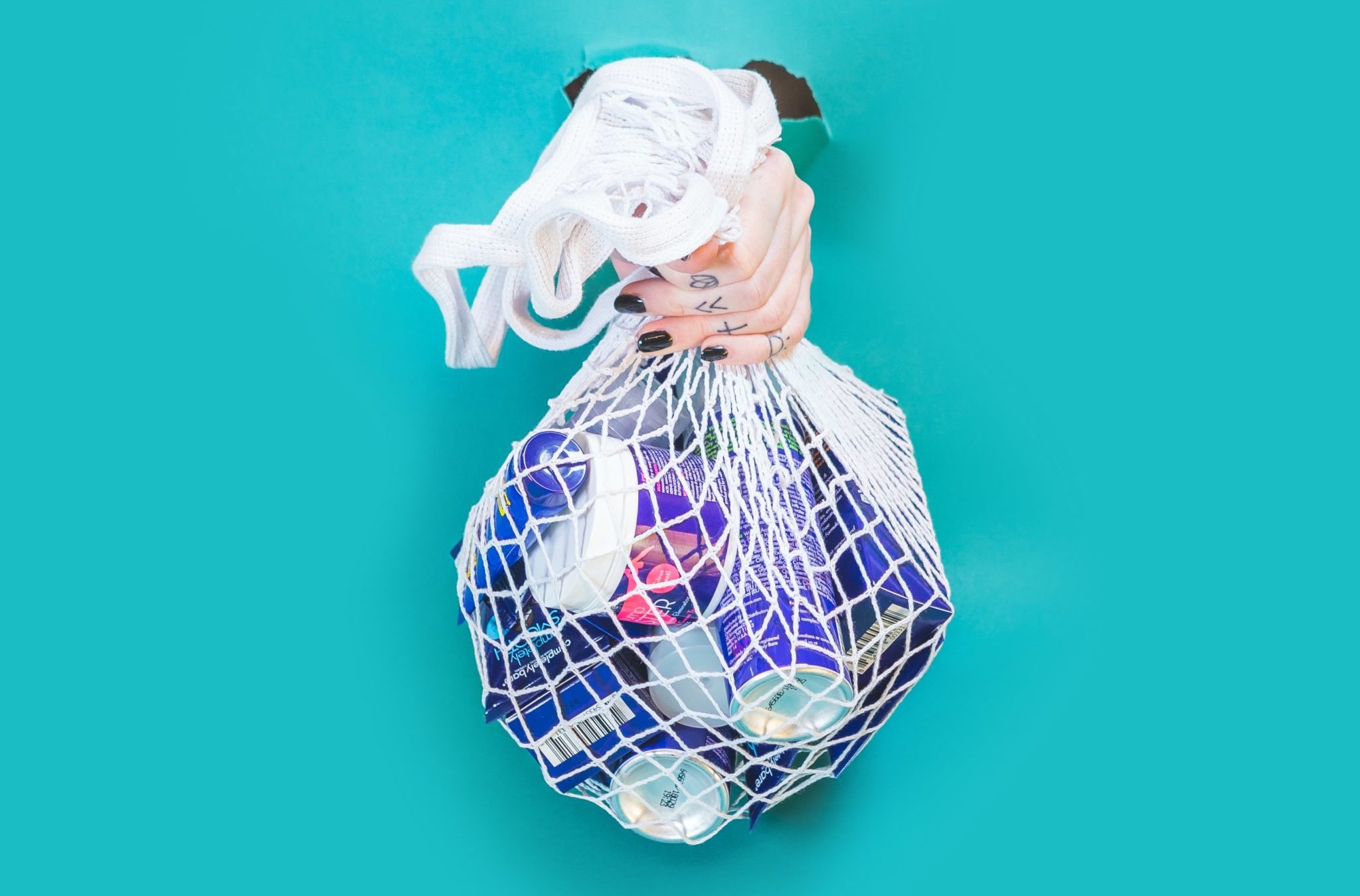10 Ways To Cut Plastic Out Of Your Life

Single-use plastics are exactly what they sound like — products made to be disposed of immediately after one use. They are generally made from chemicals derived through fossil-fuels, with plastic specifically being a mix of synthetic polymers (substances made through repeated chemical reactions). Common types of plastics that fall into this category are non-reusable water bottles and caps, food wrappers, straws, cup lids, and plastic bags.
You can help fight pollution caused by single-use plastics. Here are ten ways to cute plastic out of your life.
1. Skip straws or go for non-plastic options.
About 500,000 straws are used every day throughout the world! There are many alternatives to plastic, such as cardboard, glass, metal, and bamboo. While at restaurants, tell the waiter you don’t need straws before they put them on the table — once they’ve touched the surface, many places are required to throw them out whether they were used or not! Avoid plastic straws whenever possible, unless necessary due to disability.
2. Get a reusable water bottle.
Humans buy roughly 1,000,000 plastic bottles every minute, but less than 25% of them are recycled after use (in the U.S.). By getting a reusable water bottle, each person alone can save 156 plastic bottles from entering landfills each year! If that’s not an option, many places offer outdoor water fountains for public use. There are countless options for reusable water bottles – every price, size, and style. Why not get one that matches your personal aesthetic?
3. Use a mug for your daily dose of caffeine.
A lot of restaurants and breakfast chains will actually offer discounts if you bring in a reusable mug for your drinks. If you don’t feel like carrying one around, try a collapsible version (these can be found at many retail locations).
4. Buy reusable grocery bags.
This is a big one! The average family in the U.S. goes through about 1,500 plastic shopping bags each year. It takes at least 500 years for a single plastic bag to “degrade” in a landfill, and the average person only uses them for 12 minutes. In addition to that, plastic bags do not actually degrade, but rather photodegrade, meaning they just break down into smaller pieces that still add toxicity to the environment over time. This also applies to non-compostable produce and meat bags found in your local grocery store. By spending a couple of dollars to get reusable bags, you save the environment from centuries of trouble!
5. Bring your own containers to restaurants.
If you know you aren’t going to finish the meal in front of you, bring your own reusable “leftovers box.” Not only does this save the environment, but it also preserves your food longer depending on the material of the container you use. Don’t let all those reusable containers collect dust in the back of your cabinet. Keep a “to go” kit in your car for all future leftovers.
6. Cut out that cutlery.
Single-use forks, spoons, and knives are always circulating in the environment, and since they’re so small, they can cause big problems! Try getting a small set of reusable utensils to carry around with you (I personally have a kit that has a fork, knife, spoon, and chopsticks — plus it’s almost as small as my phone!).
7. Buy soda without “rings.”
If possible, buy a version where the plastic rings are not used or are compostable. If you ever see these “six-pack rings” in the environment (especially the beach, where they can cause major harm to marine life), make sure to cut them up and dispose of them properly. The turtles will thank you!
8. Pack your school/work lunch in a reusable container.
The average family in the U.S. uses 500 ziplock bags per year. While these bags are recyclable, most people just throw them in the trash, especially if they are covered in lunch remains! The best thing to do is bring your own container (much like you would to a restaurant as mentioned above) and wash it out each time. You can also get reusable ziplock bag alternatives that are made to keep your food fresh and your carbon footprint small!
9. Drink from glass, not plastic.
While plastic water bottles can be recycled, they can actually only go through this process once or twice before they have to be thrown out. Glass, on the other hand, can be recycled an infinite number of times! If that weren’t reason enough, glass is known for being more hygienic for the consumer, and preserves the intended flavor of the drink much better than the plastic alternative.
10. Go for a mint instead!
Did you know that when you’re chewing gum, you’re actually likely eating plastic? The base for most chewing gums is a mixture of plastic and other chemicals that could negatively impact your health. These ingredients take up a whopping 30% of the entire gum recipe! Now think of every piece of gum you’ve seen littering the sidewalks, stuck on furniture, and slowly covering the world piece by piece…that’s plastic! Keep a mint on you to avoid gum (and bad breath, too!).
I hope you’ve found some easy ways to make a difference in your day-to-day life! Ever since looking into the situation at hand, I find myself reaching less and less for those plastic products, and more for the sustainable options that previously kept watch over the back of my cabinet. When we take action together, we can make a BIG difference in the future of our planet.


Leave a Reply